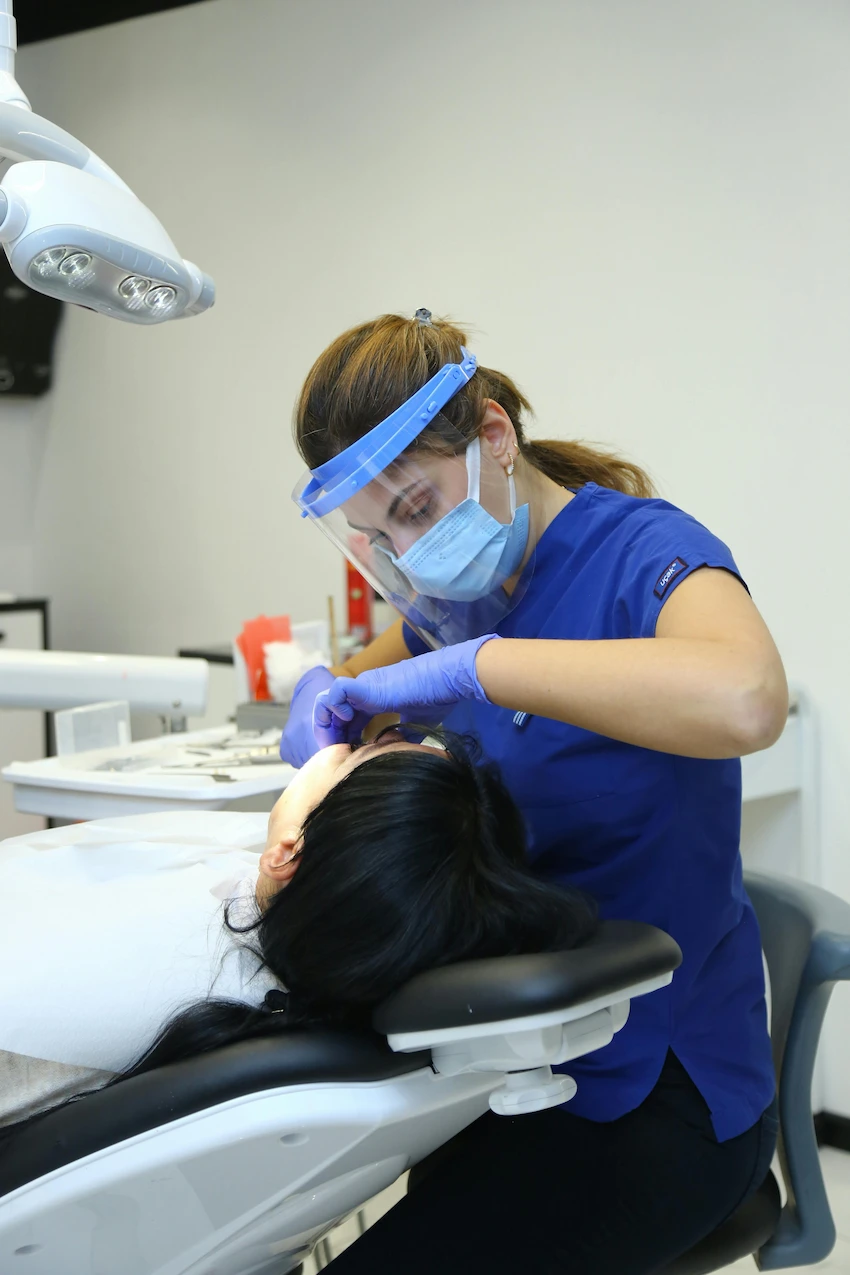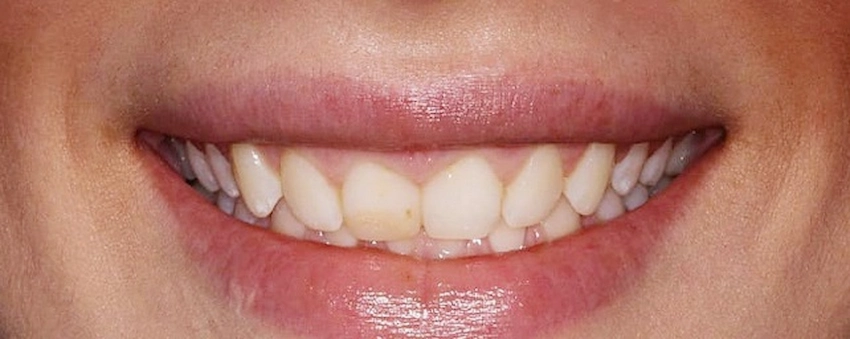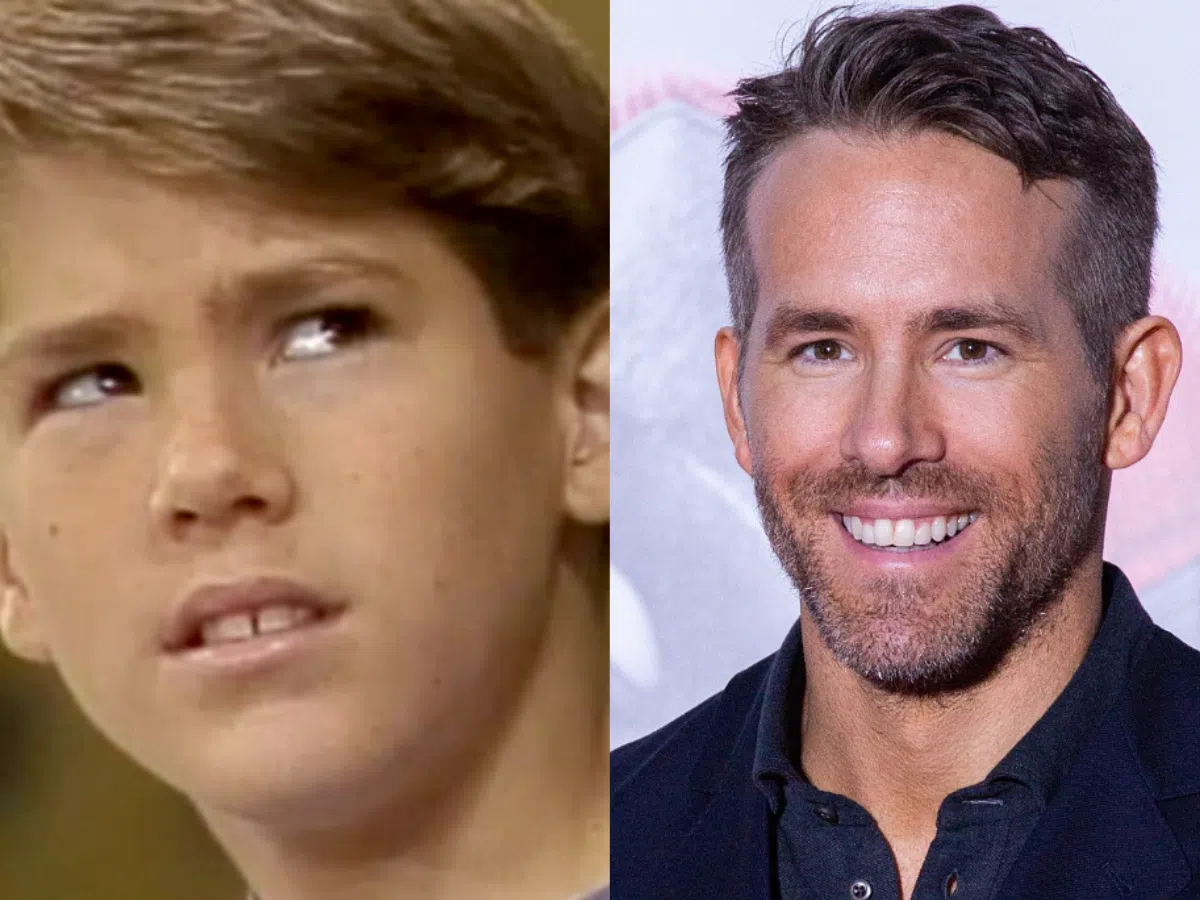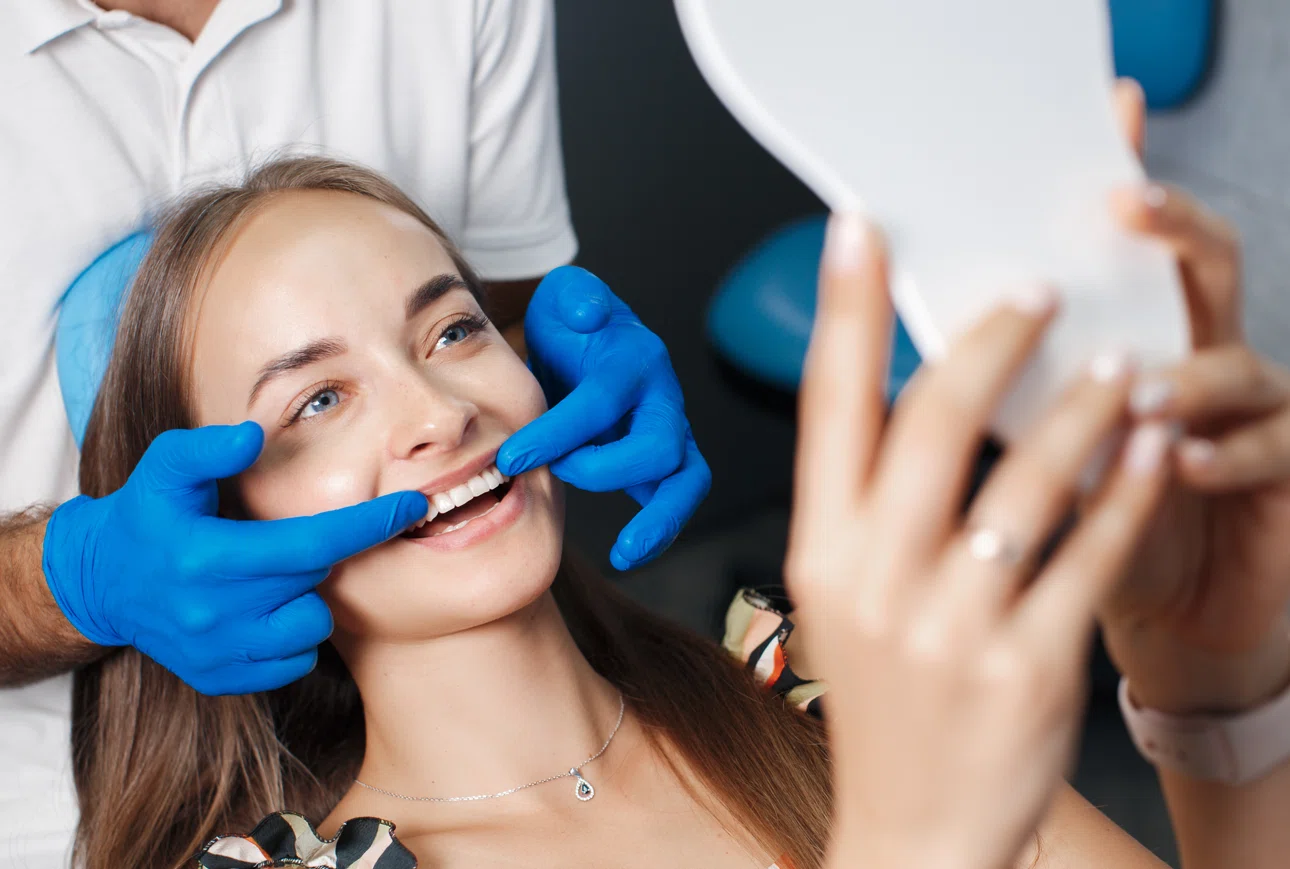Teeth Tilted Inward – What to Do?

If you smile in the mirror, and you notice that your teeth look like they are teeth tilting inward rather than standing straight, it can be a major blow both to your appearance and your confidence. Moreover, lingual inclination, or teeth tilting inward, can cause difficulties not only in the functional area by producing bite problems, speech difficulties, and uneven pressure on certain teeth but also, they can greatly disrupt the look of the face. The degree of damage is still low yet the dental misalignment can be the source of several complications that will last for a long period of time if left unattended.
Fortunately, in the present world, dentistry has provided a sufficient number of ways to correct the lingual inclination of the teeth that are not only safe but also effective. It does not matter whether the problem is minor or it is just a part of a much greater orthodontic problem, knowing the options available and the causes of this condition is the initial stage of restoring the lost beautiful smile.
What Causes Teeth to Tilt Inward?
Inward-leaning teeth originate from a multitude of possible causes. Quite often genetics is to blame and this would be a major indication that your jaw structure and tooth positioning are the result of the dental history in your family. On other occasions, the change in the tooth’s position might be due to external factors.
The main reason can be the long-lasting thumb sucking, tongue thrust, or early loss of deciduous teeth resulting in the permanent teeth erupting in a wrong position. Some adults can acquire tilting inward just by natural aging process, mostly as a result of jamming up, gum recession, or bite collapse, particularly, in the case of the lost backside teeth, due to the shift in the bite structure.
Those teeth that were once straight may, over time, move sideways, especially if they have no support on any side or there is too much pressure during biting or chewing. Gritting one’s teeth or bruxism can be another factor in your shifting of the dental alignment over some time, mainly when the force is not the same on the dental arch.
Why Inward-Tilting Teeth Can Be a Problem

In case the inward tilt occurs without pain, practical issues can often occur as a result. The bite could be wrong, and when the teeth lean inward, it might not fit together correctly. The inefficient biting of food and the extra stress that are put on the teeth can quickly lead to fractures, enamel wear, and jaw pain.
Misaligned teeth are also usually difficult to clean, as food particles and plaque get trapped in hard-to-reach areas more easily, leading to gum disease and caries developing at a higher rate.
Not only will the tilting inward movement of the teeth create the wrong illusion of the smile line, it will also present a narrow or collapsed smile that is not acceptable; it can directly affect an individual from the front as well as the sides. The negative psychological effect of such displeasure is of equal importance to the majority of the clients as the bad effect on the look is to the patients who bother at a glance of themselves in the mirror.
How Dentists Fix Teeth That Tilt Inward
The good news is that dentists and orthodontists have a great many resources to fix tilted inward teeth and the situation will be solved depending on your age, the degree of the tilt, and the general health of your mouth. These systems are planned to provide a controlled force to redirect teeth back to the right place, resulting in improved function and aesthetics.
If there is the situation of single or two teeth only, and no overcrowding, cosmetic techniques such as veneers and dental bonding might be a possibility. Actually, these treatments do not change the teeth position, however, they can make them look straighter by the way of the material that is reshaped or layered on the surface. This is usually the case when the tilt has its intensity only in minor form and the patients would like an instance, invisible result that does not involve any orthodontic therapy.
Conversely, it might be necessary to use both restorative dentistry and orthodontics in the case of complex matters like when bite collapse or missing teeth inward tilt, to get the required treatment. Such procedures could include wearing braces for a certain period.
What Happens If You Don’t Treat Inward-Tilting Teeth?

It may seem like a minor issue to deal with your teeth inward tilt the inside when you are not feeling any pain, but in the long run, the situation can still be challenging. The crowded teeth cause uneven wear and the disorder of the jaw joint, and the pain in the head is just the beginning.
The more your bite is off, the more the other teeth will start to move, and eventually, there might be an untreated dental problem. In the worst cases, if the situation remains untreated, the result will be the tooth moving or coming out. One of the reasons for this is that each tooth or the tissue around the impacted area is subjected to more pressure than it can bear because of the misalignment.
Moreover, from the point of view of oral hygiene, inclined teeth are a lot tougher for cleaning. This kind of tooth setup pushes one to a higher degree of decay or gum disease, as both will develop in the recession of plaque. Thus, even small misalignments can cause many more difficulties and will also require more costly treatments, despite early prevention being the best solution.
When to See a Dentist or Orthodontist
If your teeth are visibly crooked and you suspect that the bite feels unbalanced, you must make an appointment with the dentist or orthodontist for a check-up. Even without any signs of pain, knowing the reason early can lead to multiple treatment options with almost all solutions faster and more economically available.
Most situations can still be fixed in their early stages, though modern supports are not only comfortable but also practically invisible frequently making the treatment process easier.
Experts from Lema Dental Clinic can use cutting-edge imaging technology to analyze the alignment of your teeth and devise a personalized plan that aligns with your objectives, timelines, and budget.
Dental professionals are trained to carry out not only the person’s intended cosmetics but also to make sure that these new requirements are functional. In other words, whether the problem is misalignment, imperfections, or both at a time, as long as the approach comes from a professional, there can be a total return of the lost smile.
Frequently Asked Questions About Inward-Tilting Teeth
Yes, braces are highly effective at correcting teeth that lean inward. They apply gentle pressure to realign your teeth over time and restore a functional, balanced bite.
Inward-tilting teeth can affect your bite, jaw health, and appearance. If left untreated, they may lead to enamel wear, gum issues, or increased difficulty with oral hygiene.
Veneers can improve the appearance of mildly tilted teeth, but they don’t fix the underlying alignment. For long-term results, orthodontic treatment is often a better solution.
Yes, teeth can gradually tilt inward due to factors like tooth loss, gum disease, bruxism, or natural shifting with age. Without treatment, this movement can affect your bite and lead to other alignment problems.
Treatment time depends on the severity of the tilt and the method used. Orthodontic solutions like braces or clear aligners typically take 6 to 24 months, while cosmetic options such as veneers can be completed in just a few appointments.




